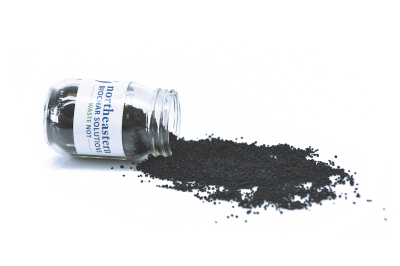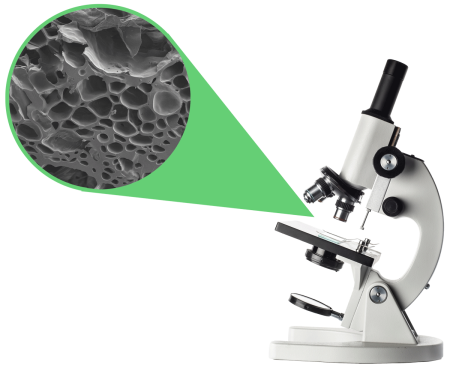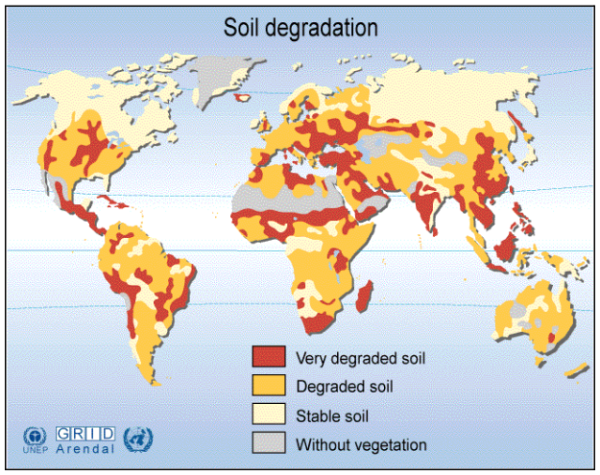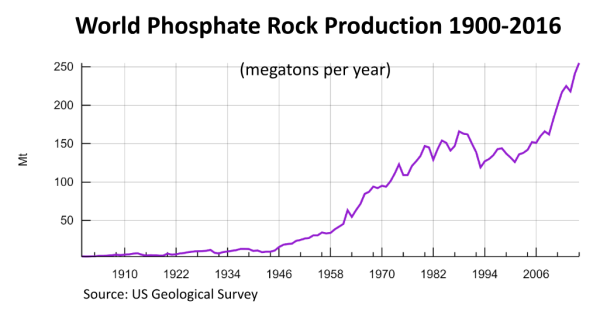What does it mean to transform nuisance to nourishment?
How can we transform nuisance to nourishment? We can reimagine waste and recycle it.
- Remediate PFAS and other contaminants that constrain its current use.
- Reclaim valuable carbon, organic matter, and nutrients with a climate friendly process.
- Restore soil after decades of degradation resulting from extractive farming practices.
- Avoid GHG emissions from chemical fertilizer production and biosolids disposal.
- Sequester carbon in soil where its needed for climate resiliency.
Our proprietary thermal treatment technology remediates biosolids in an environmentally safe way that manages odors, air emissions, and GHG emissions while producing an enhanced form of biochar. Rooted in health, safety, and environmental conservation, we are committed to making the world a cleaner, greener, and safer place to live.

from waste to bio-fertilizer.
what is biosolids biochar and why is it important?
Biochar, a highly porous charcoal derived from biomass rich in organic carbon and fixed carbon, offers long-lasting carbon sequestration in soil, benefiting soil hydration, nutrient management, and providing oxygen to plant roots.
Most biochar today comes from wood, high in fixed carbon, which effectively sequesters carbon in soil but requires nutrient and organic matter inoculation for integration, increasing application costs.
On the other hand, biosolids biochar, with less fixed carbon, compensates with abundant organic matter and nutrients, following nature’s time-tested recipe (i.e., manure fertilizer) used by humanity for millennia.
Carbon Fertilizer combines both feedstocks, carbonizing biosolids and wood waste together, yielding a superior fertilizer with remarkable soil enhancement properties.

biochar under a microscope.
The incredible amount of surface area within engineered biochar promotes rapid, extensive chemical bonding, greatly enhances soil porosity, increases ground water retention (via capillarity), and re-establishes an environment within which healthy soil microbes, fungi and plant roots thrive.
how does Carbon Fertilizer work?
Carbon Fertilizer is designed to be compatible with typical dry fertilizer spreaders found on farms and in households. Unlike wood biochar, it has organic matter and carbon built-in, and therefore can be applied as a stand-alone fertilizer without inoculation, which is a required and costly step with wood biochar.
Carbon Fertilizer releases nutrients “on demand” to plants as roots tap it. Meanwhile, microbes and fungi proliferate in the carbon pores initially filled with organic matter and nutrients. As the organic matter and nutrients are consumed by the soil and plants, the vacant pores become available for adsorbing water and nutrients during rainfall events, permanently benefiting hydration and nutrient management.
Carbon Fertilizer also acts as a delivery vehicle for adding humic acid, microbes, micro-nutrients, and other bio-products that improve soil health. We encourage soil scientists and biologists to view Carbon Fertilizer as a commercially attractive method for delivering soil amendments and fertilizers. Many varieties of microbes create nutrients biologically, and micro-nutrient clays deliver trace elements, collectively reducing the need for chemical fertilizers.
Carbon Fertilizer can be mixed with granular chemical fertilizers to achieve desired nutrient loading targets. When applied together, Carbon Fertilizer absorbs the nutrient runoff from “quick-release” chemical fertilizers and delivers them to plants as needed.
Carbon Fertilizer, a relatively new product, is now commercially available. It is anticipated to contribute to a new agricultural movement taking shape across the country and globally. It becomes clear that “better life through chemistry” has led us astray in soil management and sustainable agriculture. A brighter future awaits as “better life through biology” becomes the new ethos going forward.
how does it address soil degradation?
Escalating chemical fertilizer use is degrading soil health globally.
Chemical fertilizers are commonly bound by salt which is corrosive to soil. Escalating use over the past 80 years has resulted in soil degradation, leading to nutrient and sediment runoff problems. Virtually all arable land today is degraded, or very degraded, globally.
Replacing chemical fertilizers with Carbon Fertilizer restores soil by reducing salt loading, increasing soil organic matter and carbon, restoring healthy soil biology, and reducing nutrient runoff and erosion. Carbon Fertilizer is nature’s recipe for soil health which is recycled and enhanced with our process.


industries we serve
helping industries achieve their goals.
- Remediates PFAS and contaminants.
- Ultra-low Air and Odor Emissions.
- Negative GHG footprint.
- Beneficial-use product.
- Low operating/utility cost.
- Compliant today, and tomorrow…
- Slow-release nutrients on demand.
- Restores soil organic matter and carbon.
- Improves moisture retention.
- Reduces nutrient runoff/losses & erosion.
- Doesn’t contaminate soil.
- Compatible with existing assets/equipment.
- Climate-friendly grow medium.
- Improves root development.
- Yields healthy seedlings and high emergence (i.e., 99%).
- Improves plant propagation.
- Increases asset turnover and productivity.
- Improves root development and soil moisture retention.
- Reduces product loss on the shelf (i.e., from drying out).
- Increases transplant acceptance for sod and plants.
- When applied to contaminated soils, biochar rich in fixed carbon sequesters and holds contaminants and is particularly suitable for restoring the health and safety of soils previously polluted by hydrocarbons.
- Using Northeastern Biochar that is also a Carbon Fertilizer supports phytoremediation efforts as well. Novel soil remediation plans today deploy hemp to draw contaminants up and out of soil. Hemp can then be harvested and decontaminated in Northeastern Biochar’s process to create an effective soil carbonization and phytoremediation restoration cycle.
- Phytoremediation technologies use living plants to clean up soil, air and water contaminated with hazardous contaminants.
